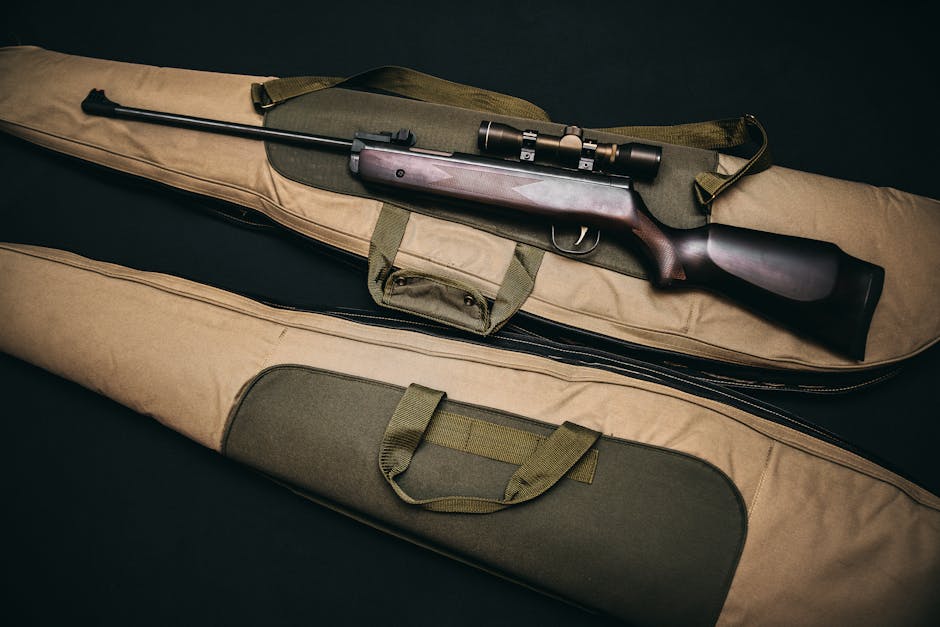Uncategorized
Choosing the Right Rifle Scopes for Your Shooting Style
Understanding the basics of rifle scopes
Rifle scopes are essential accessories for enhancing your shooting accuracy. Magnification is a key feature of rifle scopes, helping you see targets clearly from a distance. The objective lens diameter affects how much light enters the scope, influencing image brightness. Consider the reticle type that suits your shooting style, such as crosshairs or dots. Adjustable turrets allow for precise adjustments to compensate for wind and elevation. When choosing a scope, make sure it matches your shooting needs to improve your overall shooting experience.
Different types of rifle scopes available
When it comes to rifle scopes, there are several types to choose from depending on your shooting style. Here are some common types you may encounter:
- Fixed Power Scopes: These scopes have a single magnification level, providing a clear image but less flexibility in adjusting the zoom.
- Variable Power Scopes: These scopes offer adjustable magnification, allowing you to zoom in and out for different shooting scenarios.
- Night Vision Scopes: Night vision scopes use technology to enhance visibility in low-light conditions, making them ideal for hunting at night.
- Red Dot Sights: These scopes use a red dot reticle for quick target acquisition and are popular for close-range shooting.
- Holographic Sights: Similar to red dot sights, holographic sights provide a clear aiming point for fast and accurate shooting.
- Long-Range Scopes: Designed for precision shooting at long distances, these scopes have high magnification levels and often come with features like adjustable turrets.
Factors to consider when choosing a rifle scope
When choosing a rifle scope, consider the following factors to ensure it suits your shooting style:
- Magnification: Determines how close your target will appear through the scope.
- Objective Lens Diameter: A larger diameter allows more light to enter the scope, providing a brighter image.
- Reticle Type: Different reticles offer various aiming points for accuracy.
- Adjustment Turrets: Look for scopes with easy-to-use turrets for windage and elevation adjustments.
- Durability: Opt for scopes made of sturdy materials to withstand rugged use.
- Price: Consider your budget while balancing quality and features.
Matching your shooting style to the right rifle scope
When selecting a rifle scope, it’s crucial to match it with your shooting style. This ensures optimal performance and accuracy when aiming and firing. Consider factors like your shooting distance, target type, and shooting environment when choosing the right rifle scope for your needs. Different types of scopes, such as fixed-power, variable-power, and red dot sights, cater to various shooting styles. Bear in mind that your shooting style and preferences will greatly influence your choice of rifle scope.
Importance of magnification and reticle options
When selecting a rifle scope, remember that the magnification and reticle options play a crucial role in enhancing your shooting experience. Here’s why:
- Magnification: Determines how close your target appears. Higher magnification is beneficial for long-range shooting, while lower magnification suits close-range targets.
- Reticle Options: The reticle aids in aiming accurately. Different reticle styles offer various benefits, such as quick target acquisition or precise holdover points for long-distance shots.
Understanding these features will help you choose the right rifle scope that matches your shooting style and preferences.
Adjusting for parallax and eye relief
Parallax errors occur when the reticle appears to move in relation to the target when you shift your head position. To correct this, adjust the parallax knob on your scope until the reticle is steady. Eye relief refers to the distance your eye should be from the scope for a full view and to prevent injury from recoil. In general, aim for about 3 to 4 inches of eye relief for safety and better targeting.
Scope mounting and zeroing in
When it comes to scope mounting and zeroing in your rifle, it’s crucial for achieving accuracy in your shooting. Here’s what you need to know:
- Properly mounting your scope ensures it stays secure and aligned with your rifle.
- Zeroing in means adjusting your scope so that your point of aim matches where your bullet hits the target.
- Mounting the scope correctly involves using the right tools to attach it to your rifle’s receiver or rail.
- Zeroing in requires shooting your rifle from a stable position at a target, adjusting the scope settings, and repeating the process until you achieve precise accuracy.
Maintaining and caring for your rifle scope
To keep your rifle scope accurate and in good condition, you should clean it regularly to prevent dirt and debris from affecting your shots. Store your rifle in a protective case when not in use to shield it from dust and scratches. Avoid exposing your scope to extreme temperatures or moisture, as these can damage its internal components. Regularly check for any signs of damage or misalignment, and if needed, take it to a professional for maintenance. Remember, proper care ensures your scope will serve you well for years to come.
Customizing your rifle scope for optimal performance
When customizing your rifle scope for optimal performance, consider factors like the type of shooting you do and the distance at which you shoot. Magnification, reticle style, and lens coatings are essential elements to fine-tune for your shooting style. Adjusting these components can greatly enhance your accuracy and overall shooting experience.
Conclusion: Finding the perfect rifle scope for your needs
When it comes to finding the perfect rifle scope for your needs, it all boils down to understanding your shooting style. Consider factors like the type of shooting you do most often, the distance you typically shoot from, and the level of precision you require. Once you have a clear grasp of your shooting preferences, you can confidently select a rifle scope that aligns with your needs.


